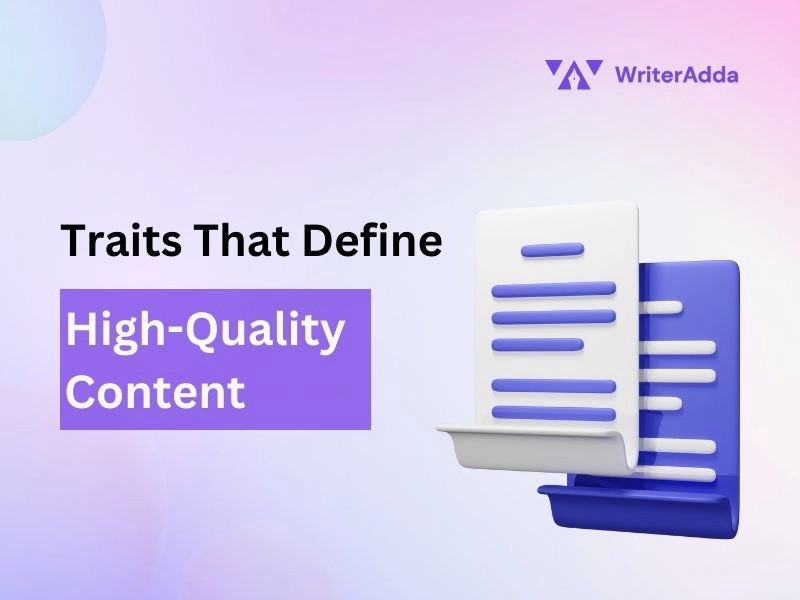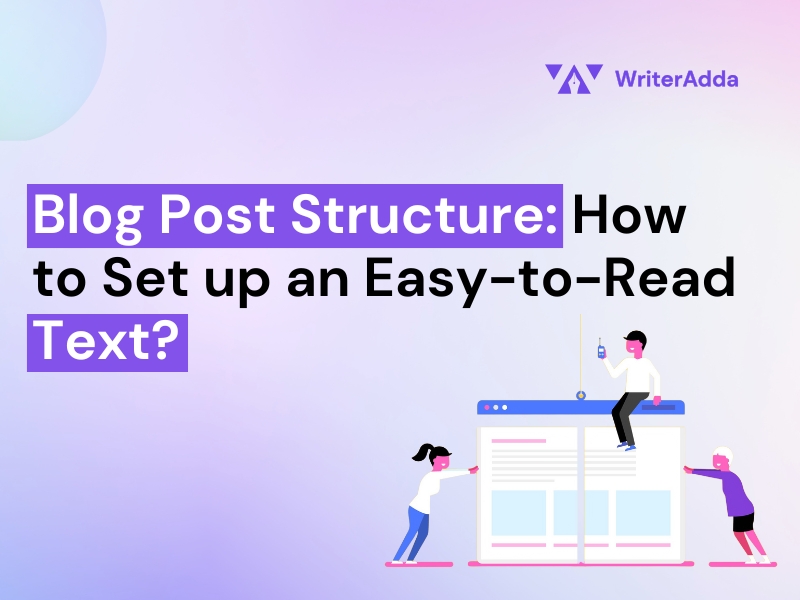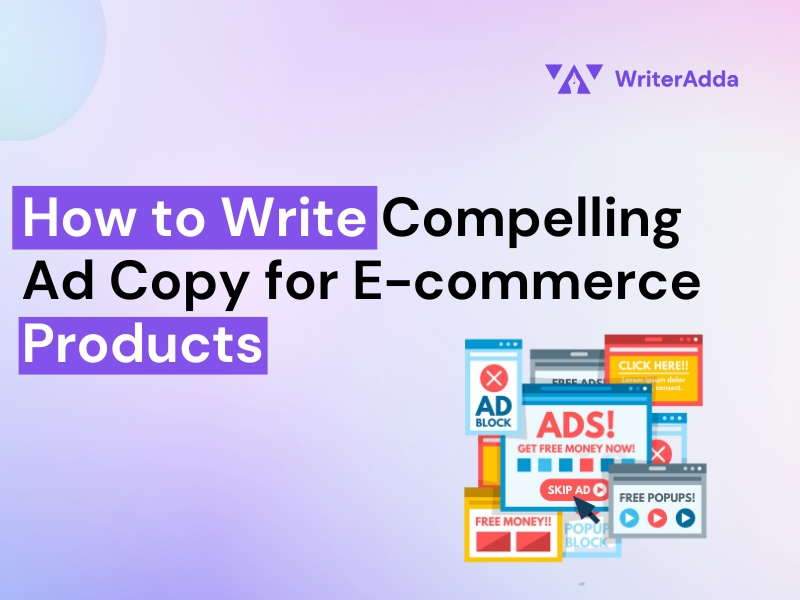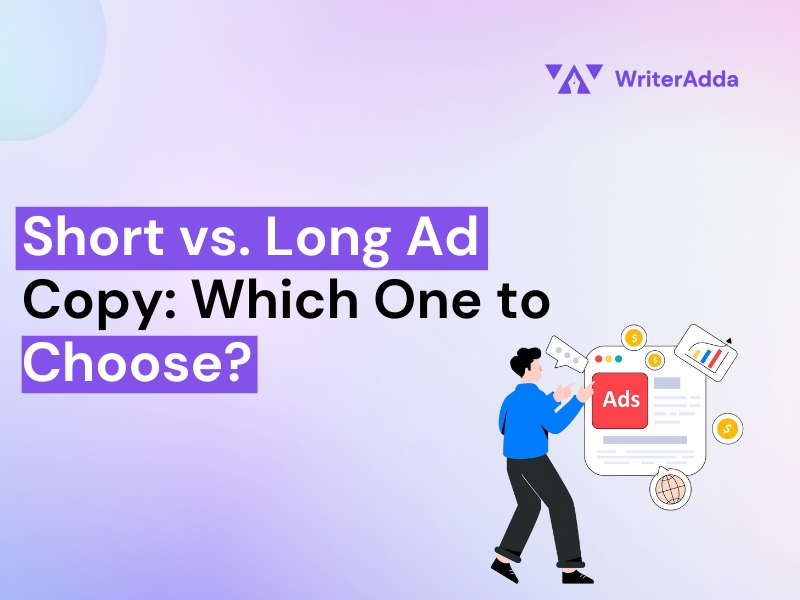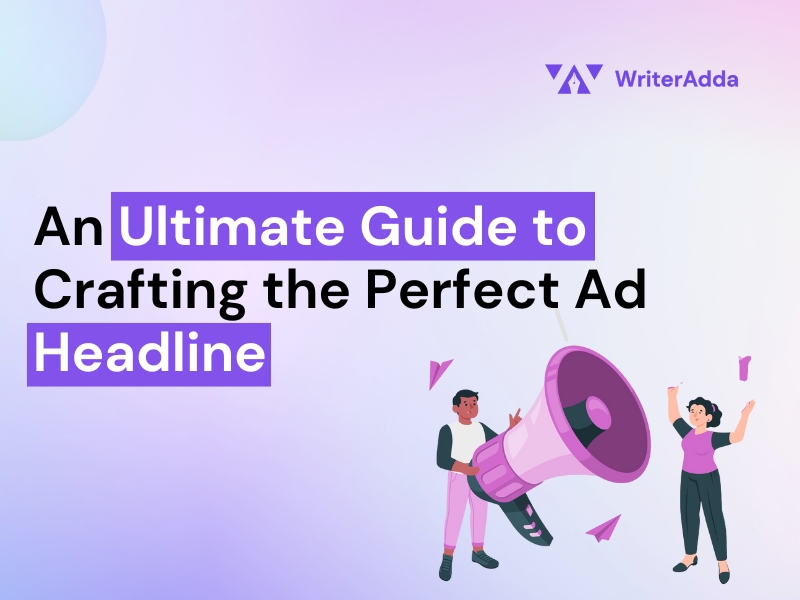You must have heard “Content is king”- then why do websites with 100s of blogs fail to get the desired traffic and rankings? Have you ever wondered what went wrong with them? Well, with the constant updates of search engine algorithms, the saying “Content is king” has been transformed into “High-quality Content is king.” High-quality content is the medium of effective communication and developing a connection with your audience in today’s digital age.
In the era where every business is investing in the same digital marketing strategies, high-quality content is something that sets you apart from your competitors. High-quality content provides valuable and interactive information that allows users to relate and show engagement. From relevancy to accuracy, high-quality content should have everything that can attract a user’s interest. Creating content that resonates with your audience and provides them with value brings meaningful results. Crafting content that leaves a long-lasting effect on the reader’s mind is challenging, but knowing the right traits can help you incorporate them into your content. When content is well-structured, accurate, clear, and understandable, it enhances brand loyalty and traffic in the long run.
Traits that Define High-Quality Content
Whether you are a writer or a creator, high-quality content is something that can convert your visitors into lifelong customers and followers. Many people prefer to-the-point information, but it is believed that 80% of the audience wants to read in-depth articles that are better than what is already present on the web. There are certain traits that each piece of high-quality content possesses which put them above an average article or post. Let’s look at a few of these traits in detail and understand their intricacies.
Relevance and Value
Write content that is relevant to your target audience and not the market as a whole. For example, if you have a website about fitness, but you keep adding content related to beauty, travel, yoga, etc., then you’re not catering to your target audience and will lose on the potential traffic that would be drawn towards such a website. You must narrow down your niche to target a particular segment of the audience and create high-quality content, particularly for them. Address the specific query or problem for which your visitor has clicked on your website.
Offer valuable information, proper solutions, and necessary insights to support your answer. Along with the solution, provide practical tips and actionable advice to your visitors that can provide them with some value. Writing vague content is neither beneficial for your audience nor for your search engine rankings; therefore, stay away from writing something that is irrelevant to your target market. Relevant content enhances the interest of your audience resulting in high session duration and reduced bounce rate.
E.A.T. Content
Google’s August 2018 Medic Update introduced the E.A.T. concept, the acronym for “Expertise, Authoritativeness, and Trustworthiness.” In its guidelines, Google gave importance to the E.A.T. concept to determine the quality of the content.
Expertise – It means that you should have a high level of experience and expertise in the subject you are writing about. Qualification and credentials are required to define your expertise and knowledge in the subject. For example – you should have a medical degree to advise people on healthcare-related topics. This ensures that the content is written by a person who knows the subject in and out and, therefore there is less chance of misguidance and vague information.
Authoritativeness – It means you must establish your authority and reputation in the market and show your content as credible and reliable. Gaining recognition and authority in a particular niche establishes brand image and enhances brand loyalty. For example – makemytrip has authority in the market about its niche – holiday and transport bookings. It has a team of experts who are travel advisors and can help people to get the best deals. Every other company and user sees it as an authoritative company in the market which enhances its credibility and reputation.
Trustworthiness – This means that the content should be reliable, trustworthy, up-to-date, and well-researched to provide users with the best information. A company should maintain transparency with its audience by mentioning credible sources and references that are used to provide factually accurate content.
Unique and Original
Offer the audience a fresh and unique perspective that motivates them to spend time on your website. Write original content that provides some new information and insights about the topic that no one has provided. Use creativity and innovative ideas to draft unique plus original content that provides value to your readers. Copy-pasting articles from other sites will harm your website’s reputation and facilitate a negative image of your website. This breaks visitors’ trust in your brand forever, resulting in a loss of organic traffic. Even search engine algorithms do not support the idea of copy-pasting and plagiarized content, as it is a black hat SEO technique.
Copy-pasted content gets penalties and deindexing from the search engine results. If you find some content that is important for your topic, make sure to mention the original reference to give them full credit.
Engaging
Engaging content develops an emotional connection with the users and encourages them to dive more into your website and surf other blogs too. Such content hooks the audience, captures their interest, and gives them a reason to stay on your website. Write compelling headlines, important bullet points, highlighted content in bold, and proverbs in italics. Add engaging questions, surveys, polls, visuals, and videos to enhance user experience and interest.
Create an emotional connection with your readers using storytelling, humor, inspiration, or emotions. This enables you to create a deeper bond with your audience and prioritize your website in their list for the future. Add situations, examples, and case studies to make the content more relatable and understandable for the audience. Based on that, ask them to imagine situations and provide them with suitable solutions. Use effective tone to engage with your readers; for example- use “I and You” instead of they, them, it, etc. This makes the user believe that you are referring to their particular problem and develop one-on-one conversation.
SEO Friendly
High-quality content utilizes on-page SEO techniques to make it more SEO-friendly and reach a wider audience. High-quality content is promoted by search engine spiders which in turn increase rankings and traffic. Adding relevant keywords at specific locations, like headings, meta tags, page titles, URLs, image alt tags, etc., promotes better search visibility. Creating compelling headlines and engaging content that attract the reader’s attention. Create a well-established internal link structure and backlinks from high-authority websites. This enhances the value of your website and SEO friendliness, along with focusing properly on better user experience. Make your pages mobile-friendly to cater to the mobile audience and enhance their experience.
Well Structured
Well-structured content is essential to engage readers, convey information properly, and give them a positive user experience. Before writing content:
1. Draft a rough outline of it and analyze the sequence of content to provide better readability.
2. Start your blog with a clear and concise introduction about the topic – a summary of what readers can expect from the page and mentioning their problems is enough to build their interest.
3. Provide content in a logical and structured format by breaking it down into headings and subheadings.
4. Break long paragraphs into shorter ones to make them visually appealing and easy to read.
5. Use bulleted or numbered lists to write certain points concisely. This helps readers learn the key points quickly and makes them easy to remember.
6. In the end, wind up your content with a summary of your content along with a bonus tip or advice. Add an actionable C.T.A. at the end of your blog to let users take action either in the form of a purchase or visiting some other page on the website.
Readability
Content should be easily readable by the audience in terms of design and writing. Readability basically means how easily the content can be understood by its targeted readers.
1. Check your content’s font size to ensure that it is easily visible to the reader. Too small or too long font size is hard to read and increases bounce rate. Optimize font size for mobile users also to provide them with a better experience.
2. Use pastel colors in the background rather than vibrant colors like red. Make sure that the text color should be clearly visible in the background.
3. Add the required spacing between words and paragraphs. Keep the paragraphs short, as long paragraphs are difficult to read.
4. Lists should be added to give users a quick overview of important points.
5. Use appropriate headings to educate readers about the main plot of the content.
6. Maintain consistent formatting in the text. Consistent formatting means that the font size, style, and colors should be the same in the whole content.
7. Avoid using jargon in the content just to show yourself as an expert. Your audience is not an expert and often does not understand technical words. Therefore, use simple, clear, and easy-to-understand words. The readability should depend on your target audience, i.e., their education level, age, and familiarity with the topic.
Why is High-Quality Content important?
Brand Loyalty – High-quality content develops credibility and brings the audience’s trust in your brand for a long time. When your content is original, relevant, and unique, it creates a positive user experience, brings more organic traffic, and gets permanent visitors.
Audience engagement – High-quality content provides relevant, interactive information and great storytelling to capture the interest of users. When the content is unique and valuable, it encourages users to like, comment and share it with others.
SEO and organic traffic- Search engine value content that is genuine, relevant, and authoritative for its users. When the content has all the traits of high quality, search engines rank it higher on the search engine rankings page. Therefore, by writing high-quality content, you can increase visibility, bring organic traffic and increase leads.
Authority Backlinks – When you have high-quality content, many websites can give you organic backlinks, which ultimately increase the value of your website. More backlinks from authority websites show you as an expert in the field having relevant expertise. Even search engine algorithms consider quality backlinks to increase rankings.
Brand Awareness – High-quality content can be shared on various social media sites that help in increasing brand awareness. Along with that, when your website is ranked on the first page of SERP, the chances of getting high exposure are increased, which ultimately enhances brand awareness.
Social Media Sharing – Users are more likely to share high-quality content with their network if it is valuable, informative, or entertaining. This can boost your platform’s visibility, reach and potentially attract new users.
Conclusion
High-quality content can leave a long-lasting impression on the reader’s mind, enhance word of mouth, and increase traffic. Incorporating elements like images, videos, bullet points, storytelling, etc., enhances readability and engagement, which in turn increases visitors’ stay on your website. Adding original, unique, and updated content gives you an edge over others who use the same strategies as yours.
Addressing users’ problems and giving them practical solutions helps to gain their trust and make them your regular readers. So, if you have been writing just like others, this is the time to make a change and gain an edge over them. Add these traits to your content and make it highly valuable for your visitors and search engine.
